
Foreign fungi take up residence
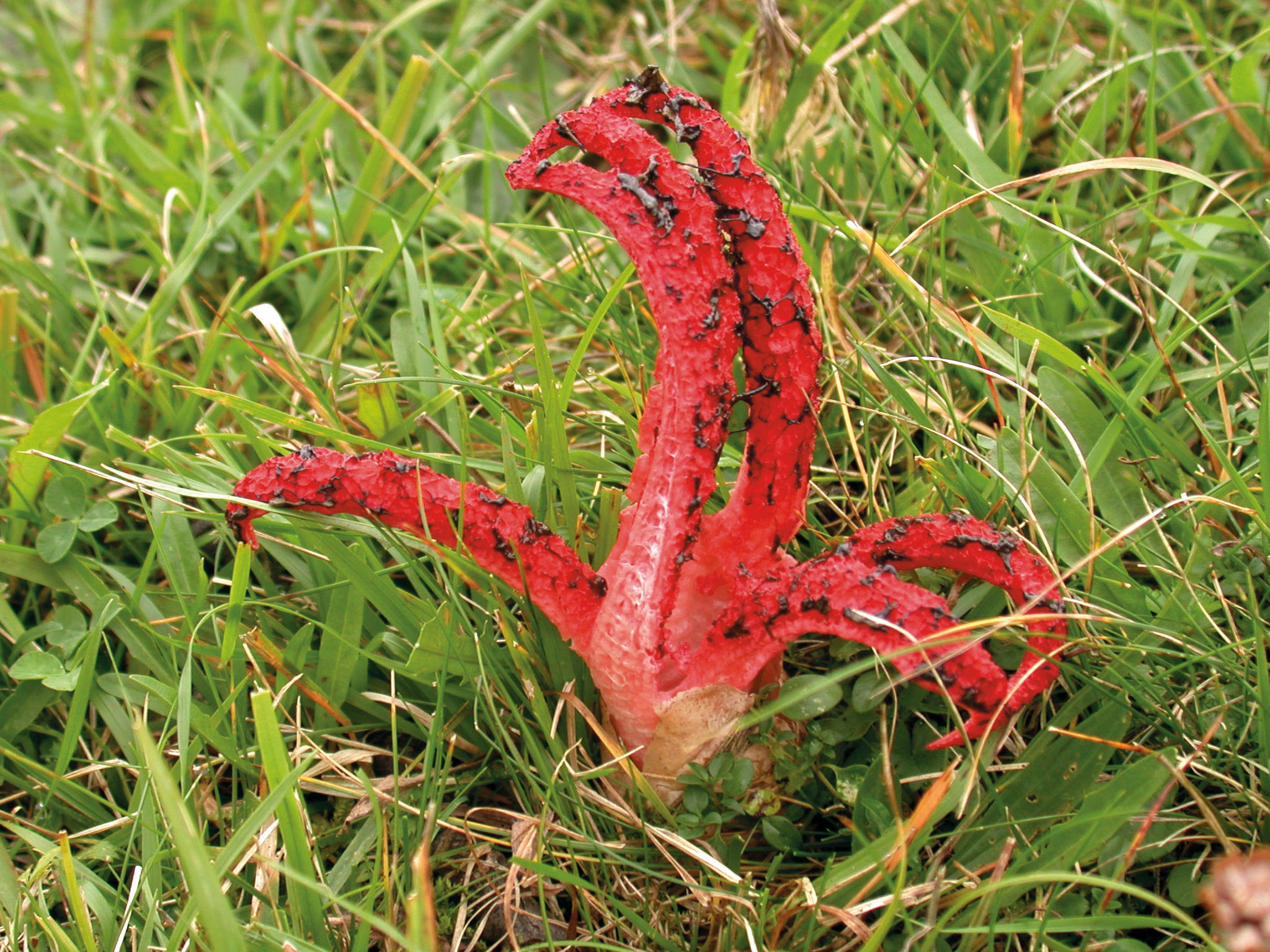
Climate change and global trade means that non-native fungi are mushrooming across Switzerland – with some causing economic and ecological damage, scientists have found.
Among the 300 species found by researchers at the Federal Institute for Forest, Snow and Landscape Research WSL – in the first report of its kind – are garden and wild plant parasites, a few edible mushrooms and some oddities, the WSL said on FridayExternal link.
Some of the alien fungal species have been known about for a long time, like the Octopus Stinkhorn from Australia, which as its name suggests has a putrid smell. It was first seen in the Switzerland in 1942.
Thirteen new species to Switzerland were found, including a bright orange, tropical mushroom Favolaschia calocera, seen in Ticino for the first time last year.
Parasites
Around three-quarters of the new species are parasites which live on species non-native to Switzerland.
“Many alien fungal species are garden plant pathogens,” said WSL fungi expert Ludwig Beenken in a statement. “They probably came to Europe with their host plants via the plant trade and reached Switzerland either through trade or airborne spores.”
Thirty-five fungi have been found to damage Swiss native plants.
Many of the mushrooms came to Europe on wood deliveries or wood used for packaging. Authorities already carry out checks for quarantine organisms, which can cause a lot of damage.
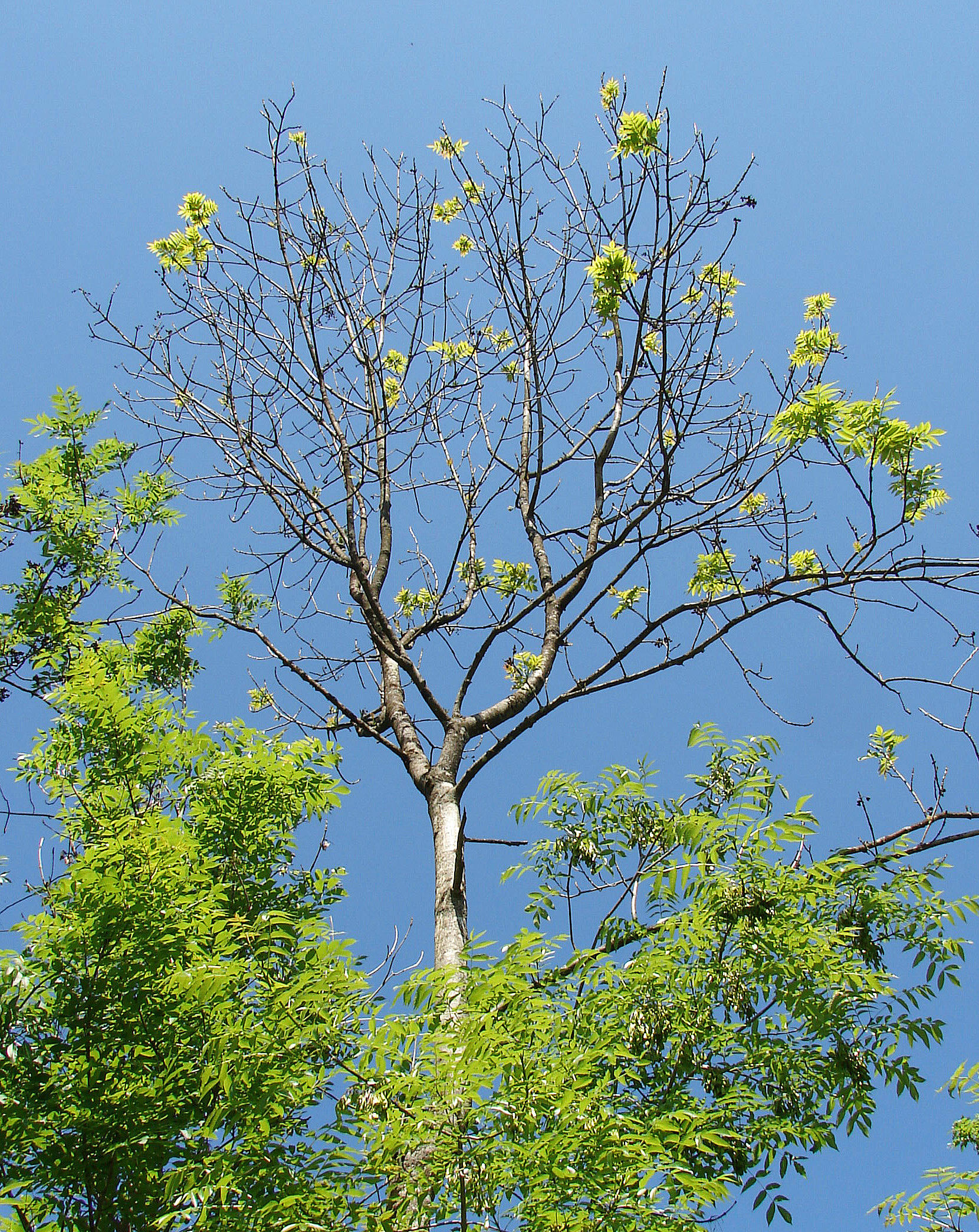
But the experts said they had found cultivated edible mushrooms in the wild, like the wine cap stropharia.
Worrying developments
Worryingly, they also discovered Psilocybe cyanescens, a potent psychedelic mushroom that must have been cultivated illegally. This fungus, which can cause severe poisoning, could be easily mixed up with Swiss native species like the clitocybe. Mushroom gathers should pay special attention, the experts said.
Also worrying was the fact that pathogens were spreading quickly. A well-known example is ash dieback. First seen in Basel in 2008, it has spread over the Alps, with 90% of ash tree populations now estimated to have been affected.
A total of eight fungi have been listed as dangerous, invasive pathogens.
The researchers expect the import of alien fungal species to Switzerland to rise further in the future. “The more living plants are transported, the more their ‘accompaniers’ will come with them,” said co-author Beatrice Senn-Irlet.
More thorough checks should be carried out on plants, but also wood and soil, the experts recommended.

In compliance with the JTI standards
More: SWI swissinfo.ch certified by the Journalism Trust Initiative













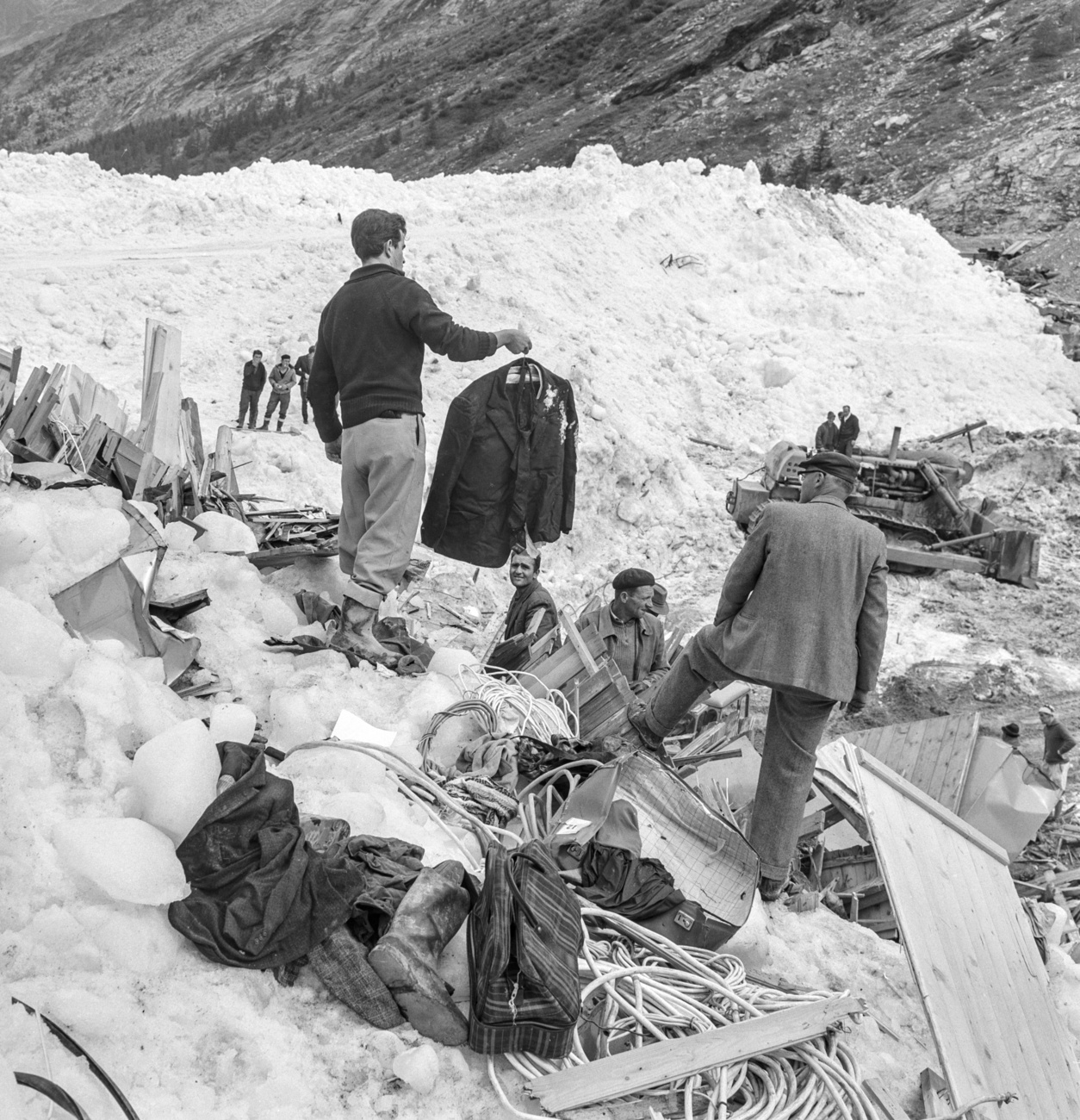











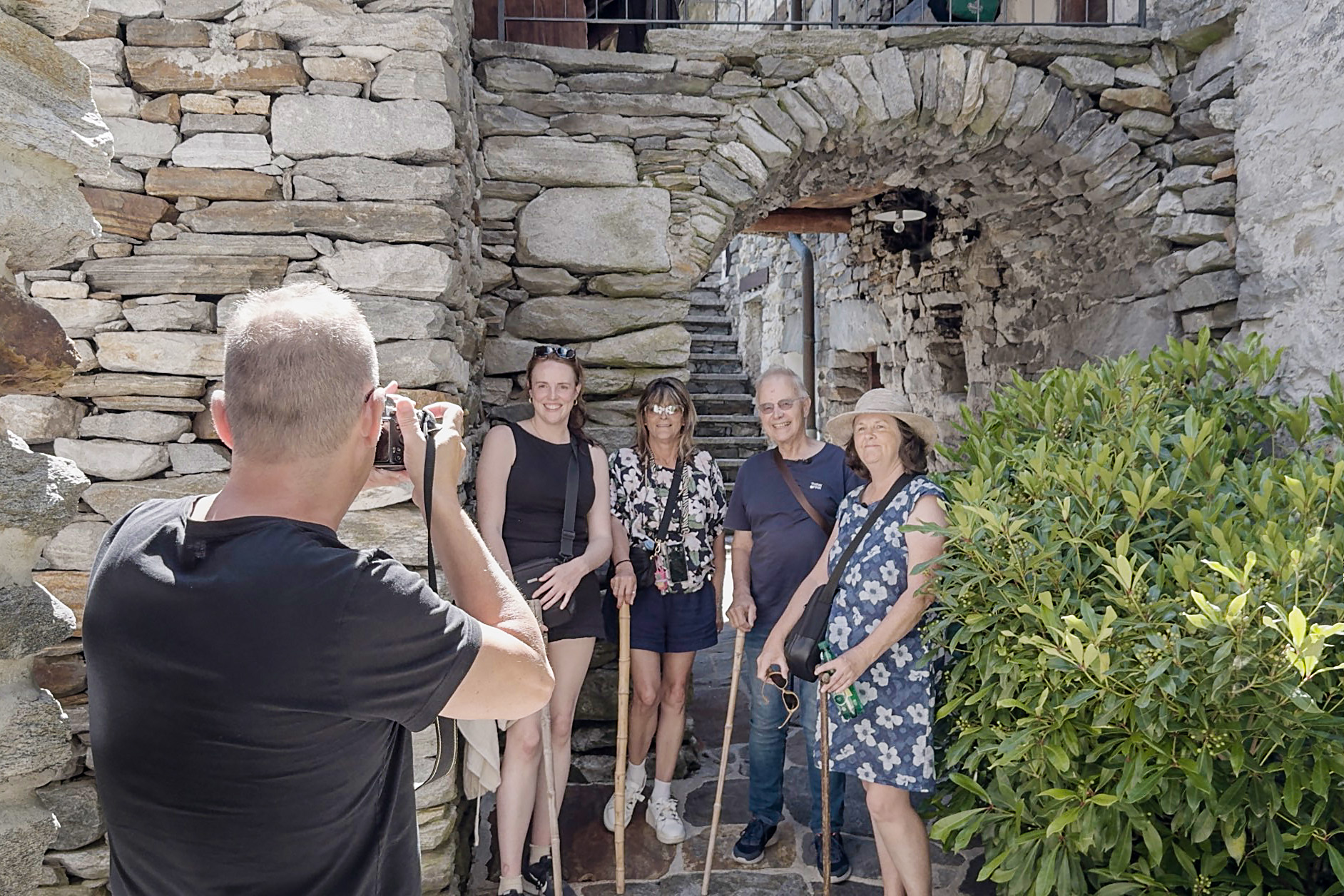






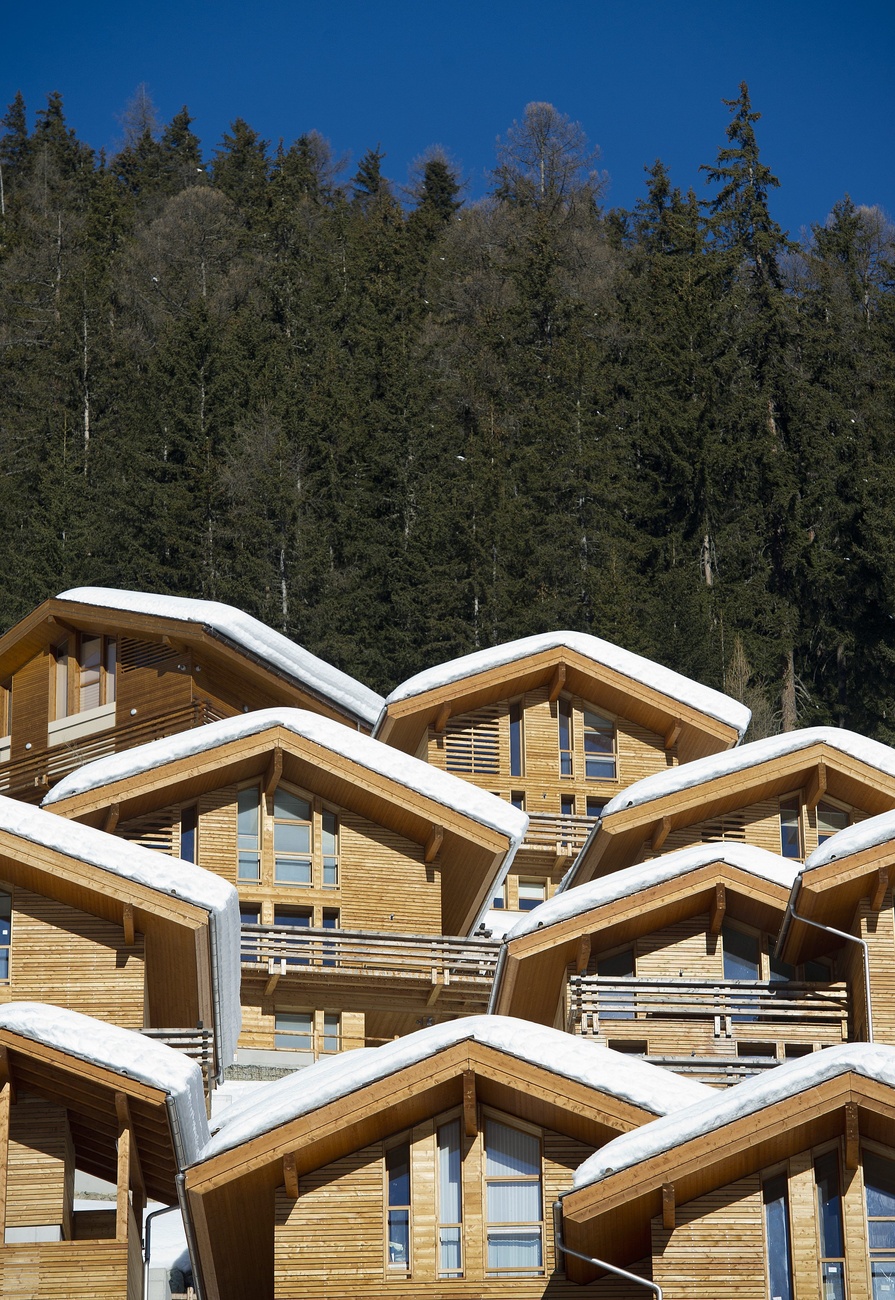





You can find an overview of ongoing debates with our journalists here . Please join us!
If you want to start a conversation about a topic raised in this article or want to report factual errors, email us at english@swissinfo.ch.